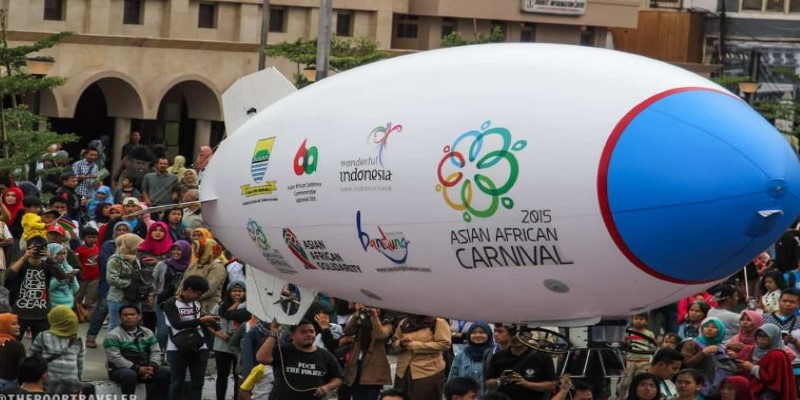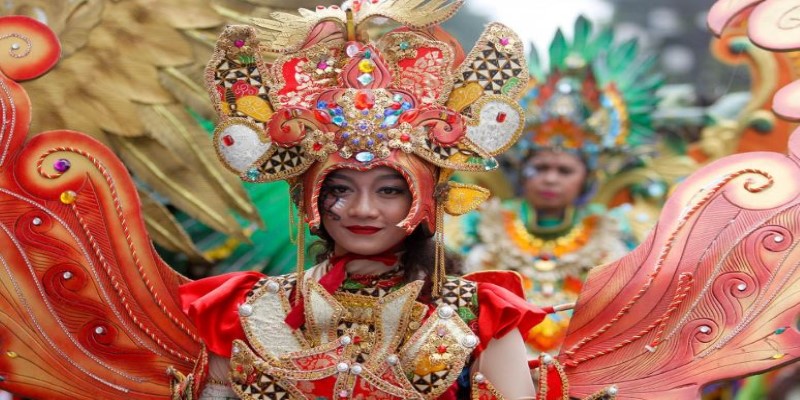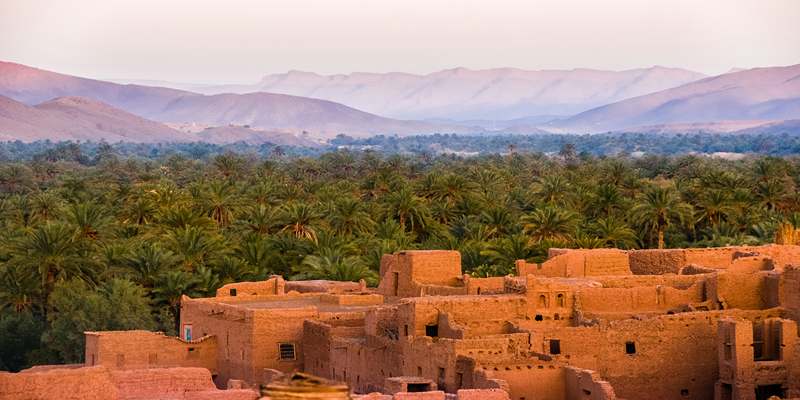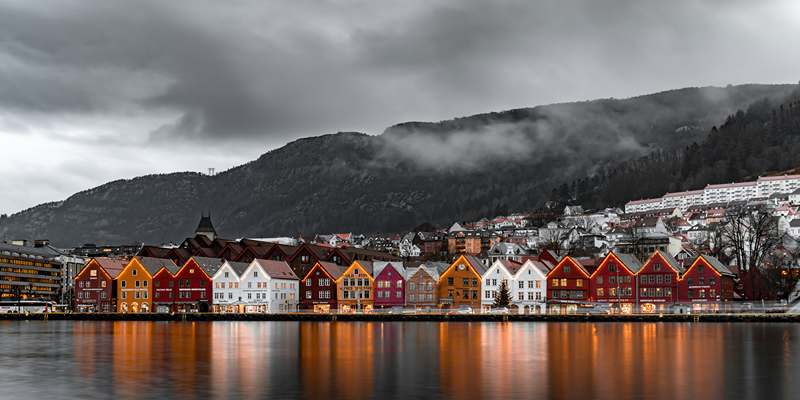The Asian African Carnival 2015 in Bandung was a vibrant spectacle that brought together the rich cultural tapestries of Asia and Africa in one unforgettable event. Hosted in the beautiful city of Bandung, Indonesia, this carnival wasn’t just about colorful parades and traditional dances; it was a celebration of unity, history, and creativity.
Performers from across the world showcased their distinctive art forms, filling the streets with a kaleidoscope of colors, rhythms, and heritage. For attendees, the carnival was a powerful reminder of how culture and art can bridge continents, connecting people through shared traditions.
The Origin and Purpose of the Asian African Carnival
The Asian African Carnival is a fairly recent development in Bandung's cultural scene, but its history goes deep. The carnival finds inspiration in the historic Asian-African Conference of 1955, a conference that was instrumental in shaping diplomatic relations between newly independent states from the two continents. It was a symbol of unity, one where Asian and African leaders once gathered to deliberate on a world without colonial masters. Years since, the carnival has been a celebration of sorts in remembrance of that heritage, converting the politico-unionist spirit into a vibrant street festival.
Fundamentally, the carnival is more than merely entertainment. It is a once-a-year cultural meeting place where traditions, artistic expression, and stories are shared. It provides a platform of shared appreciation wherein individuals from disparate backgrounds can find common ground in dance, music, and heritage. Each year, the festival grows, attracting more participants and spectators eager to experience this unique fusion of cultures. The 2015 edition was a remarkable testament to this evolution, blending historical remembrance with modern artistic innovation.
Highlights of the Asian African Carnival 2015
The 2015 carnival was just spectacular. It turned the city streets of Bandung into a throbbing festival of music, color, and cultural pride. The city itself became a breathing, living piece of art in which history, artistry, and celebration smashed together in dazzling splendor.

At the heart of the event was the grand parade—a procession of costumed performers, energetic dancers, and passionate artists, each representing their cultural heritage with pride. African performers captivated the crowd with hypnotic drumbeats and spirited tribal dances, while their Asian counterparts stunned with intricate martial arts demonstrations, elegant folk dances, and legendary dragon performances.
Yet, the carnival wasn’t just about what happened on stage. The streets brimmed with the aroma of sizzling street food, offering visitors an authentic taste of Asia and Africa in every bite. From Indonesia’s fiery satay to rich African stews, the culinary experience was a journey in itself, inviting festival-goers to explore flavors from distant lands.
Art and craftsmanship played an equally vital role. Local and international artists set up vibrant booths, displaying everything from intricate African beadwork to Indonesia’s famed batik textiles and delicate Chinese calligraphy. These exhibitions weren’t just displays; they were immersive experiences, allowing visitors to witness the skill and history behind each craft.
The 2015 carnival wasn’t just another festival—it was a living, breathing testament to cultural unity. It was a place where history met modern expression, where different traditions found common ground, and where two continents came together in the most spectacular way possible.
The Cultural Impact of the Asian African Carnival 2015
The carnival’s significance went beyond entertainment. It served as a powerful reminder of the deep cultural connections that exist between Asia and Africa. Many of the performances and displays at the carnival highlighted the shared history of the two continents, particularly in their struggles for independence, their art, and their traditions.
One of the carnival's most powerful elements was its ability to bridge the gap between cultures. Bandung, a city that has played such an important role in the history of both Asia and Africa, was the perfect host for this event. The presence of so many different countries, each with its unique traditions, showcased the diverse ways in which cultures can interact, share, and learn from one another.
The event also offered an opportunity for local Indonesians to learn more about African cultures and vice versa. Visitors had the chance to experience the beauty and richness of cultures that might otherwise seem distant or unfamiliar. In a world where cultural exchange can sometimes be limited to tourism or academic discussions, events like the Asian African Carnival allow for a more personal, immersive experience.
The Future of the Asian African Carnival
As the years went by, the Asian African Carnival grew in both size and importance. What started as a small event in 2005 has become one of Indonesia's most anticipated cultural celebrations, attracting visitors from around the world.

The future of the carnival looks bright, with more and more countries from Asia and Africa participating each year. Organizers have expressed their commitment to further expanding the event, making it a true symbol of cultural unity. The 2015 edition was just the beginning, and future iterations of the carnival will likely feature even more diverse performances, art, and exhibitions.
Given its success and the positive impact it has had on cross-cultural relations, there is every reason to believe that the Asian African Carnival will continue to thrive and evolve, providing a platform for the exchange of ideas, culture, and art between two of the world’s most dynamic continents.
Conclusion
The Asian African Carnival 2015 was more than a festival—it was a testament to the shared spirit of the two continents. In the heart of Bandung, cultures blended seamlessly through music, dance, and art, proving that despite geographical distances, history and creativity unite us. The event left lasting memories, not just for those who attended but for the future of cultural exchange. As the carnival grows, it will continue to inspire generations, reminding the world that diversity is not just something to celebrate—it’s something to cherish. The energy, the unity, and the sheer vibrancy of 2015 will never be forgotten.











